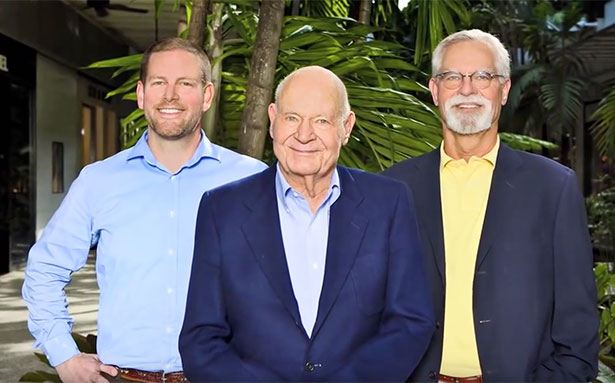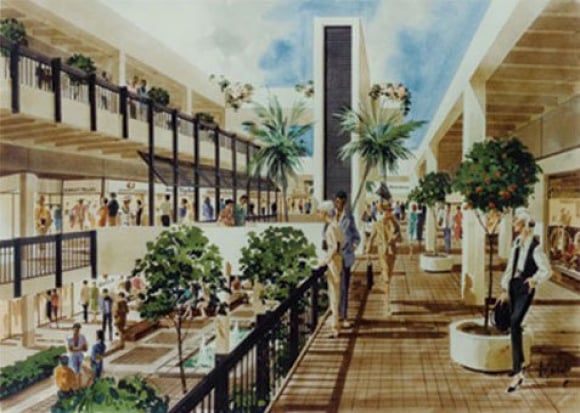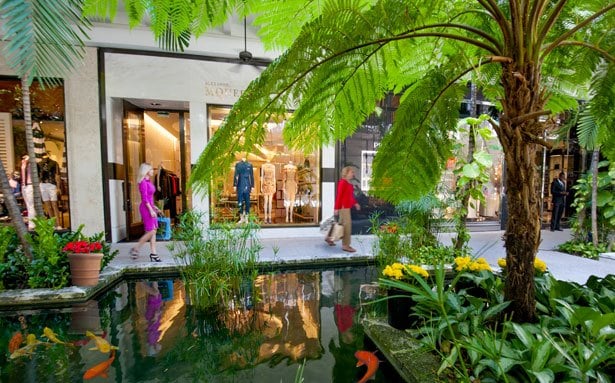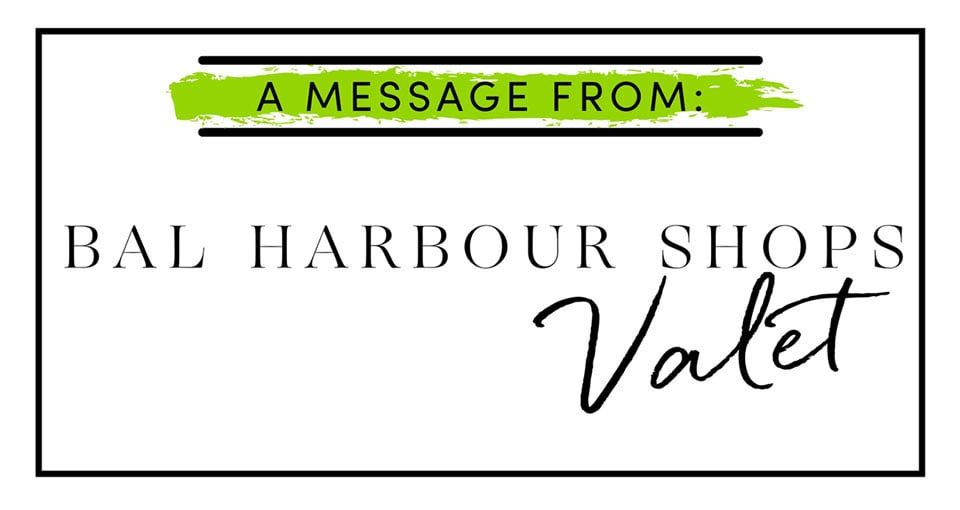- Shop OnlineShop Online
- Women
- Men
- Kids
- Home
- Jewelry
- Brands
- Bal Harbour Shops
- 100% Capri
- Addict
- Alexandre Birman
- Ara Vartanian
- Assouline
- Bonpoint
- Christofle
- Couture Kids
- Cremieux
- Davidor
- Elisabetta Franchi
- Ermanno Scervino
- Frette
- Haremlique Istanbul
- Lalique
- Maria Tash
- Monnalisa
- Morgenthal Frederics
- Santa Maria Novella
- Scanlan Theodore
- Silvia Tcherassi
- Vhernier
- Vilebrequin
- Wolford
The latest styles - Collections
- Store Directory
- Dining
- Style
-
TODAY’S HOURS: 11 AM - 9 PM
- Join Access

Mathew Whitman-Lazenby, Stanley Whitman, and Randall Whitman
What’s New
In 2020, Bal Harbour Shops marks its 55th year amidst a $550-million enhancement plan, including new retail and dining that will solidify the destination as a global luxury retail icon for decades to come. The expansion will add nearly 250,000 square feet to the open-air shopping center, nearly doubling Bal Harbour Shops’ current retail space to accommodate the lengthy waiting list of luxury stores that want to bring their exclusive brands to this premier shopping center.
How it all Began
In 1965, when owner/developer Stanley Whitman opened Florida’s first exclusive, high-fashion shopping center on what had been the site of a World War II army barracks, retail experts scoffed at the ambitious Bal Harbour Shops’ upscale store mix. After all, at that time the norm was to mix essential service tenants—such as grocery and hardware stores—with retail. And, with the advent of air conditioning sweeping the nation, enormous enclosed malls surrounded by seas of asphalt parking as far as the eye could see were being built at breakneck speed.

Bal Harbour Shops Archival Rendering
Bucking the trend, Bal Harbour Shops was designed to celebrate the balmy beauty of South Florida. Ideally situated between the Atlantic Ocean and Biscayne Bay in the affluent village of Bal Harbour, the lushly landscaped, open-air destination didn’t look or feel like any other center in the United States. Even its parking areas with their generous palm canopies, were designed with comfort, convenience and natural beauty in mind.
Bal Harbour Shops’ early success was largely due to Whitman’s resolve in persuading Neiman Marcus, in 1971, to open its first specialty department store outside its native Texas and in luring designer boutiques that previously could only be found along the Champs-Elysées in Paris or on New York City’s Fifth Avenue. Attracted by the immediate success of Neiman Marcus, in 1976, Saks Fifth Avenue became Bal Harbour Shops’ second anchor store and it became the very first place in the world that Neiman Marcus and Saks would both call home. In 1982 a 100,000-square-foot second level was added to the shopping center to accommodate the demand for more retail space from luxury brands.
Recognized as the forerunner of luxury shopping mall developers, Stanley Whitman was considered somewhat of a maverick. The coveted collection of stores that Whitman assembled was unparalleled and quickly became the industry benchmark, generating the highest annual sales productivity in the nation. Bal Harbour Shops was the first shopping center location that many famed European brands chose as the site for their first ventures outside of New York. Today, this “Shopping Hall of Fame” is home to more than 100 of the world’s most famous and most luxurious fashion and jewelry brands.

In 2012, Bal Harbour Shops topped the list as the world’s most productive shopping center, based on sales per square foot* and the top-selling retail center in the country according to Women’s Wear Daily. Bal Harbour Shops continues to remain an industry leader for more than half a century integrating a dynamic website with editorial content and a global following as well as engaging social media channels with over 500,000 followers. Though the opulence and style of Bal Harbour Shops was the embodiment of one man’s dream, the elder Whitman was fortunate to have his son Randy Whitman and grandson Matthew Whitman Lazenby to share his passion for this family owned and managed business.
*According to data compiled by the International Council of Shopping Centers.
@balharbourshops
follow us on instagramBold prints. Effortless silhouettes. Fabrics featuring exquisite details and artisanal craftsmanship. Colombian-born design Johanna Ortiz always wows us with her signature resort-inspired wear, and last night she wowed us even more with a celebration for the grand opening of her Bal Harbour Shops boutique. The renowned designer made a personal appearance alongside Bal Harbour Shops’ Access Members, VICs, social media influencers, and press—and held an intimate conversation led by Deborah Frank, Bal Harbour Media Editor in Chief. Scroll through for an exclusive look at the event.

The famed Italian house founded by Gianni Versace in 1978 and acquired by Capri Holdings in 2018 has now been purchased by the Prada group for €1.25 billion. Prada, which also owns Miu Miu, has pledged to invest an additional €250 million into the brand to help give it a relaunch. Today’s news comes after a long season of shakeups among top fashion houses with announcements of new creative directors.

Chocolate chip cookies. Trips to Italy. Bags from Bottega Veneta. There are some things we never get sick of. Find the latest from the latter here, at Bottega Veneta at Bal Harbour Shops.



